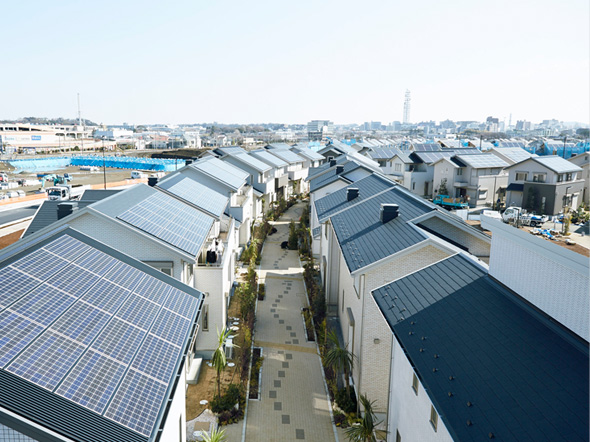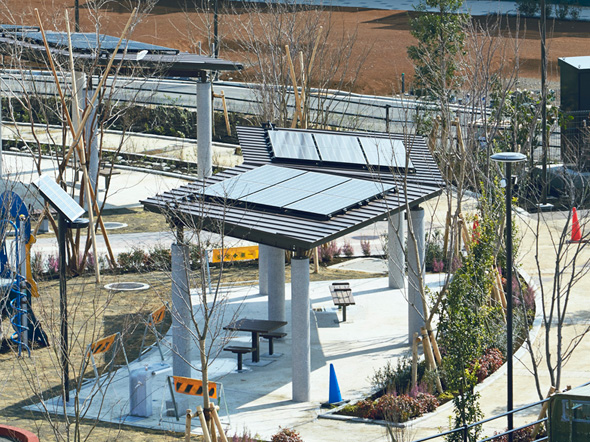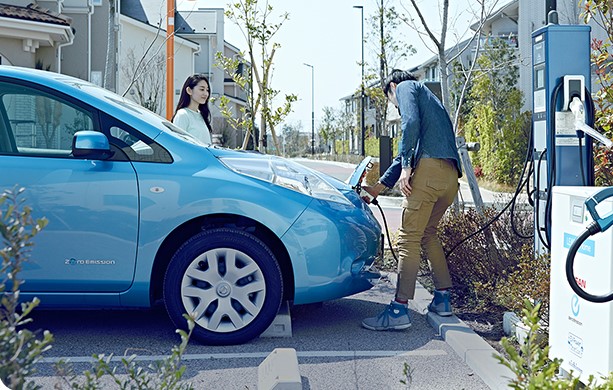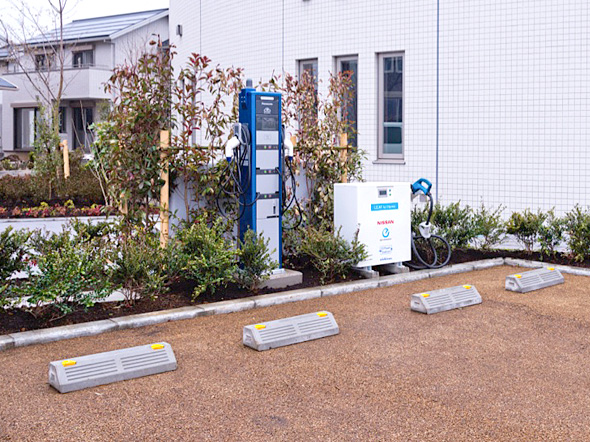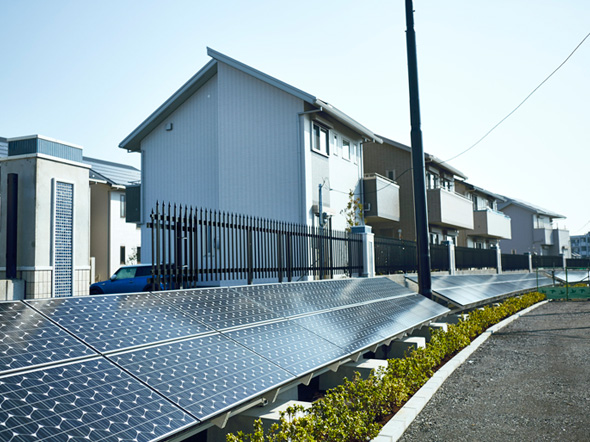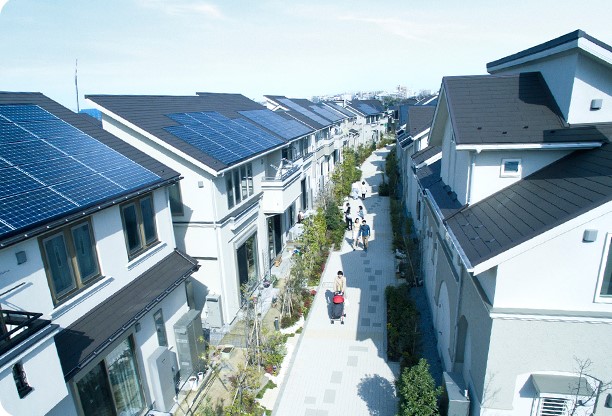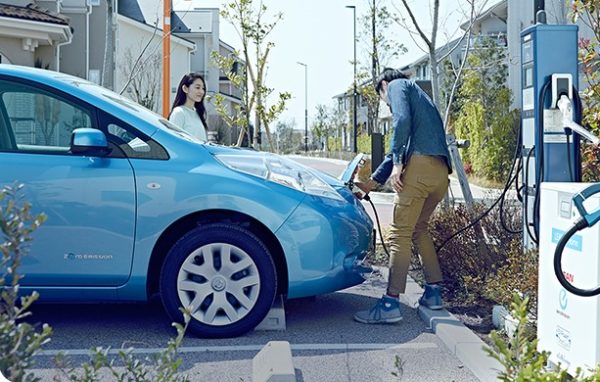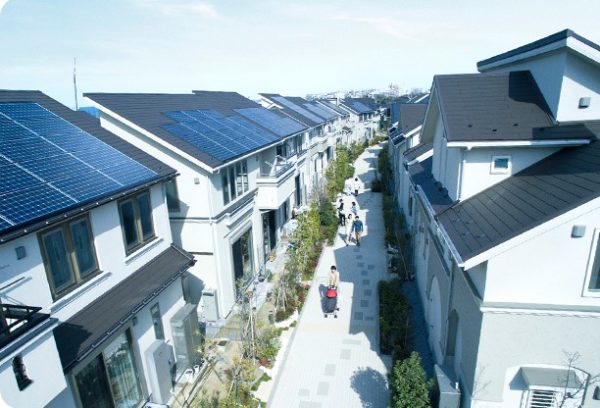Qualities that make it unique
The Japanese culture is the result of a historical process that was formed with the eastern migrations from the islands of the Pacific Ocean, including the strong cultural influence from China. It is also known that personal interrelationships are based on duty and honor.
Japan, called Land of the Rising Sun, has as its capital Tokyo, one of the most attractive cities in the world. Tokyo has a population of approximately 14,000 people per km2, so as an urban center many challenges arise.
Challenge and achievement at the same time. Here is Tokyo!
In 2008, Tokyo launched the Eco-Model City Project to be part of the Smart Cities group. The main objective was to achieve technological and sustainable cities status, which over time has shown surprising results.
The project is currently developing green cities based on public and private initiatives. Some of the achievements include:
1) The implementation of urban plans to reduce CO2 emissions, such as the Cap-and-Trade program, which aims to reduce CO2 emissions from existing large-scale facilities and buildings by giving facility owners a limit on CO2 emissions. Those who do not exceed the assigned limit will be benefited by incentives, which in the end strengthen responsible energy consumption;
2) Design of refuge parks suitable for survival in the face of natural catastrophes. These parks include solar-powered charging stations for electric bicycles and smart phones, access wells that function as toilets, public banks that are transformed into kitchen stoves, and enough food and water for entire communities during the first 72 hours after a disaster. The Rinkai Prevention Park is a great example for this;
3) As expected, for such a high population density, transportation must be efficient. Tokyo has several means of transport such as trains, buses, trams, monorails, metros, etc. Each one of them has an intelligent planning that makes each route pleasant for the users. But beware! If you are determined to take the subway at some of the central stations at peak times, you should be friends with the idea of Oshiya or the pushers. They are assistants at the stations, who are in charge of pushing the passengers inside the train to allow the doors to close. So be brave!
Sustainable Model City
It never stops surprising me! Panasonic has inaugurated Fujisawa, a smart and sustainable town on the surroundings of Tokyo. It has houses planned for a population of approximately 3,000 people, each one has its own solar panel and optional hydrogen fuel cells. In an effort to optimise the city’s carbon footprint, the city offers electric vehicles for rent and alerts residents in case of excess water or energy consumption.
Undoubtedly among my top ten
Despite the crowds of people in different urban centers, Tokyo offers a quality of life, which is reflected in efficient public transport, technologies suitable and available for usage by all, and last but not least, current strategies for preserving the environment. Do you want to know more? Better visit it…
